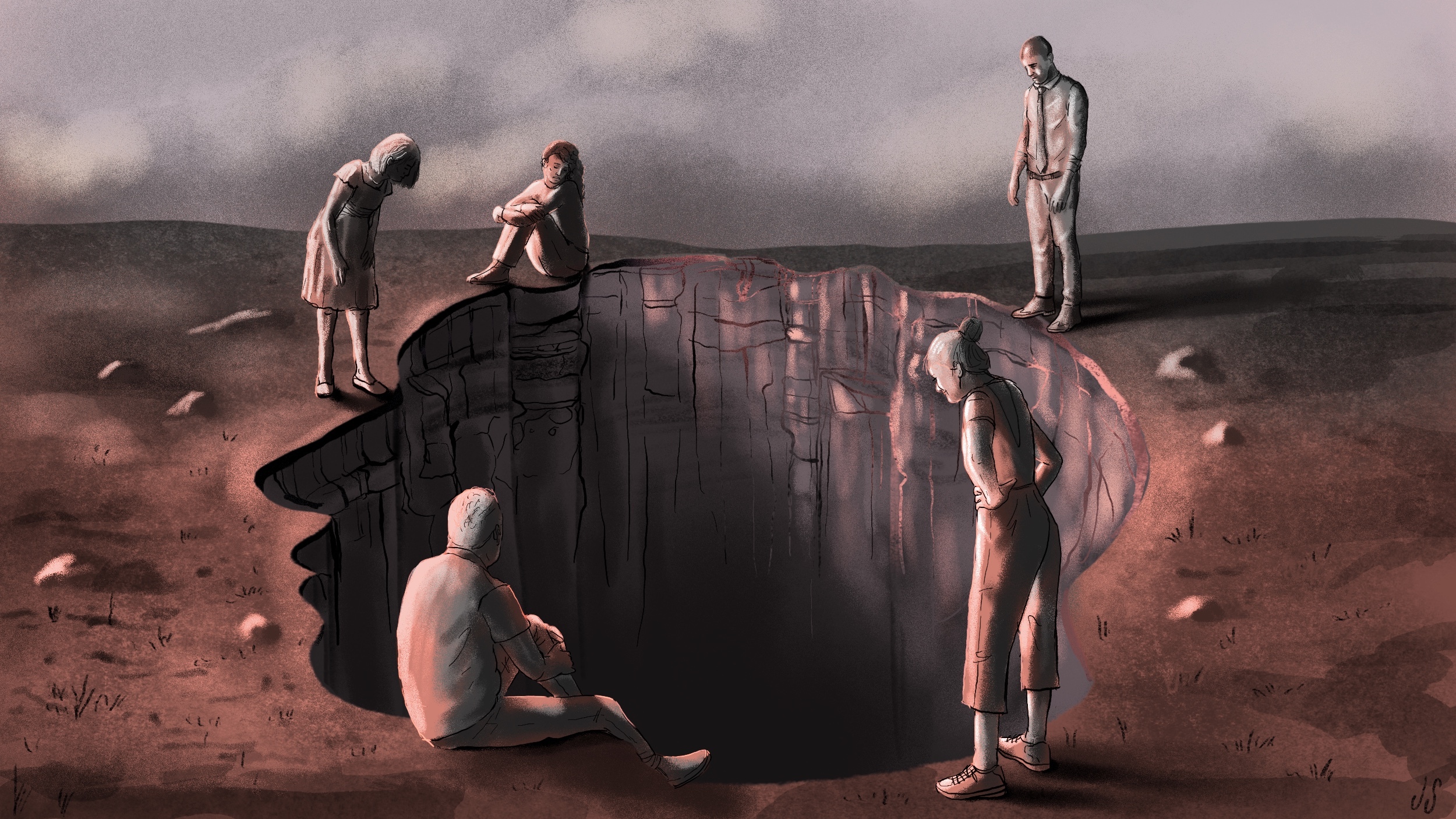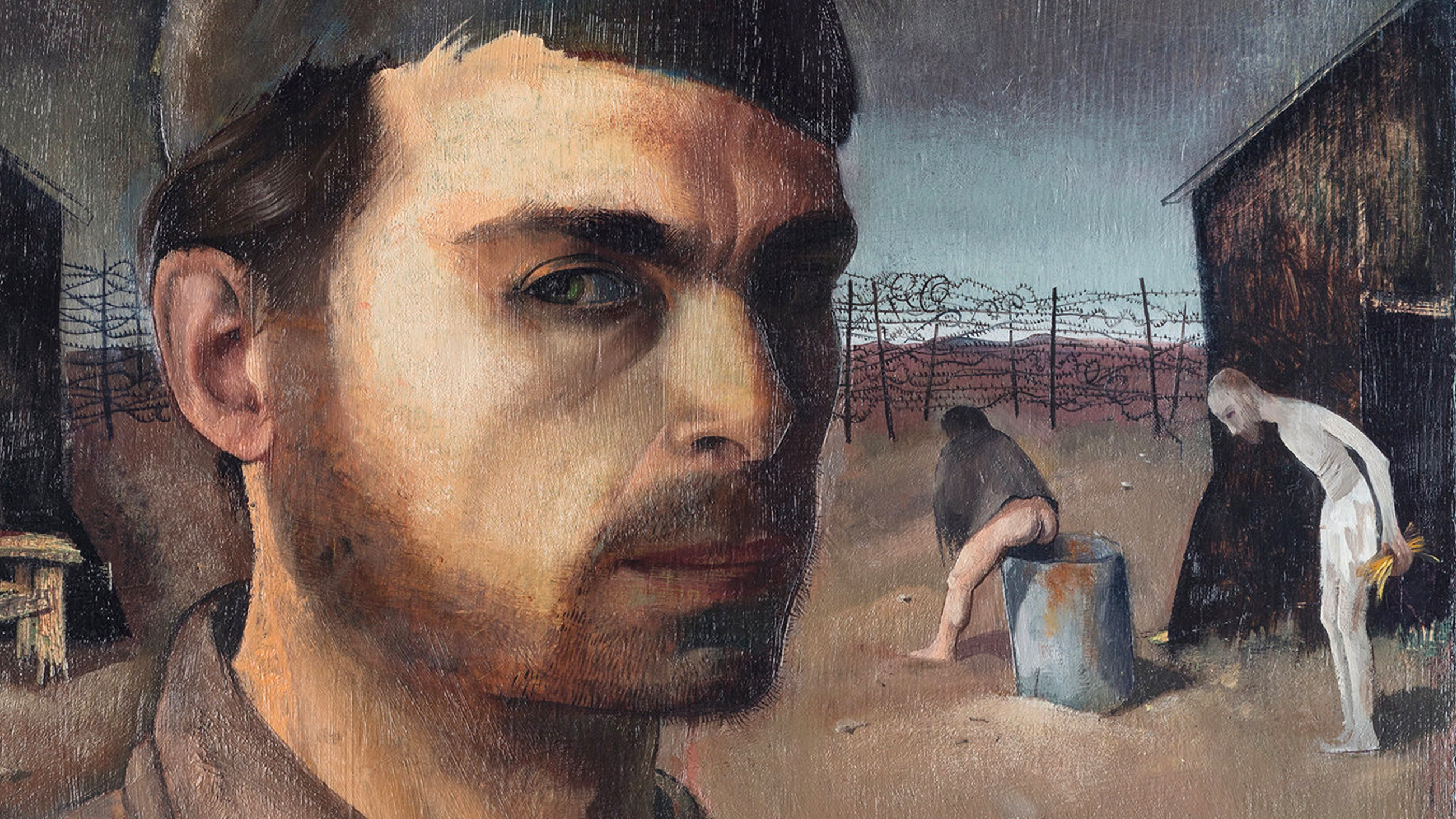Tree-lined streets boost a community’s overall health, new research suggests

Photo credit: Vladimir Kudinov on Unsplash
- Increasing tree canopy cover increases residents’ mental wellbeing.
- Research suggests that trees give greater benefits than low-lying grasslands.
- Adults with 30 percent or more tree coverage in their neighborhood had 31 percent lower odds of developing poor general health.
A deluge of studies, personal anecdotes, and some plain old common earthly sense, has found that living near green spaces leads to an overall healthier life. People live longer, have stronger cognitive functions, and possess greater peace of mind.
A new study dug a little deeper into this phenomenon and found that different types of greenery affect health benefits. The research suggests that urban residents’ mental health correlated more positively when they lived near tree-lined streets or higher density vegetative spaces.
Authors Thomas Astell-Burt and Xiaoqi Feng of the University of Wollongong in New South Wales write, “Our findings suggest that urban greening strategies with a remit for supporting community mental health should prioritize the protection and restoration of urban tree canopy. In addition, the promotion of equal access to tree canopy may provide greater equity in mental health.”
The evidence suggests that urban reforestation projects should be at the forefront of future urban greening projects.
Urban green space and mental health
The large scale study featured 46,786 residents of three Australian urban regions. These subjects were interviewed between 2006 and 2008, with follow-up reports in between 2012 and 2015.
Participants were asked to rate their overall health and inform the researchers on whether or not they’d been diagnosed with anxiety or depression. They were also given questionnaires to determine their levels of psychological distress.
Researchers took this information and compared it with the natural features of where they lived within their mesh block — a small geographic unit that contains 30 to 60 residences. With the aid of satellite imagery, the team calculated the total amount of green space surrounding them, making sure to divide it into “separate green space types, including tree canopy, grass, or other low-lying vegetation.”
Taking into account variables such as age, gender, household income, and education, the researchers confidently agreed that green space is associated with “lower odds of incident psychological distress.”
Interestingly enough, they also found that exposure to low-lying greenery was not always associated with more positive health outcomes. Surprisingly grasslands were found to give greater odds of psychological distress:
“Plain, flat grassy areas may not be particularly attractive for walking, which is an important form of social and physical recreation for older adults.”
All evidence points to trees being the prime reason for increased mental wellbeing. Tree-lined streets give a number of unintended benefits and must be protected. The researchers write,
“Street trees in prime building locations are at a particular risk of being cut down. Shorn of tree canopy, sidewalk temperatures can be higher, sidewalks can seem noisier, and walkers along them are exposed to more air pollution. Street trees provide a valuable aesthetic use, such as providing pleasant views from the side of an adjacent street.”
Growing more trees
Living in areas where 30 percent or more of the space had tree canopy, researchers found that there were 31 percent lower odds of psychological distress compared to those living under no tree coverage — and to those living beneath 10 percent of it.
The greening of cities is gaining momentum. Paris has unveiled a massive plan, on top of their already successful reforestation initiative, they’re also planning to cover half of the city’s acreage with trees.
Green space amplifies mental health benefits by bringing back a natural biodiverse ecosystem that disrupts the stress-laden hustle of urban living.
Sitting under the cool shade of a tree might be all that you need to relieve your stress.





